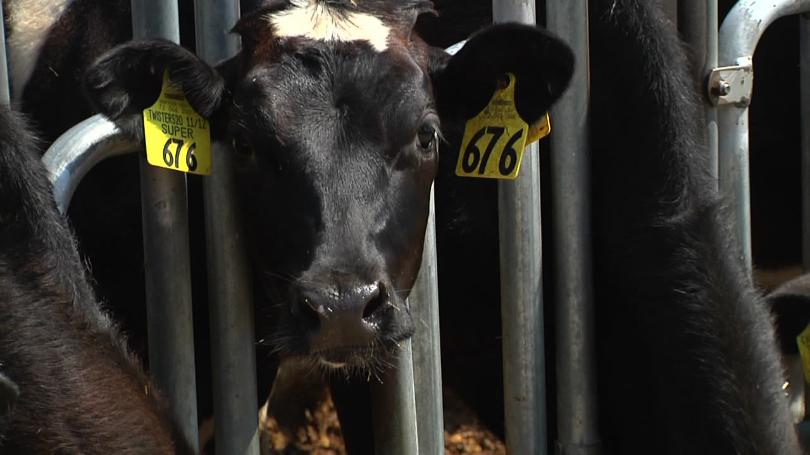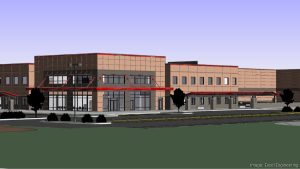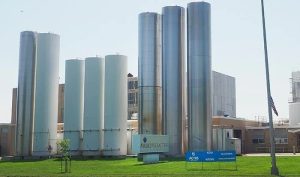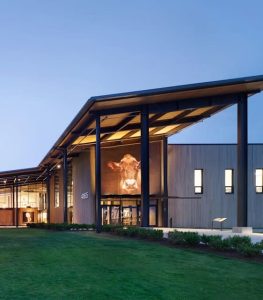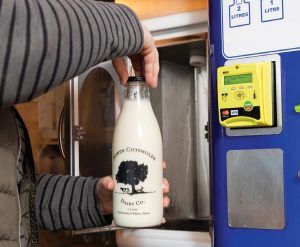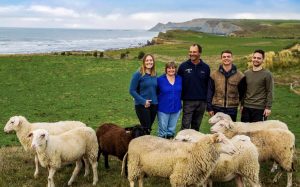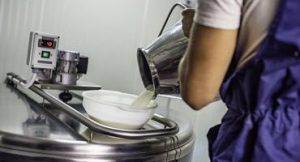
A report argues that a shift from rules-based safety to a relationship-based model is the key to preventing injuries and death in the dairy industry.
A new article is urging a fundamental shift in how the dairy industry approaches farm safety. The report challenges the long-standing reliance on passive methods like posters, slogans, and instructional videos, arguing that these approaches are ineffective. Instead, it advocates for a new model that focuses on building a culture of safety through engagement and communication. This powerful piece of data journalism is a must-read for anyone in the agribusiness sector and its associated food supply chain, as it identifies the crucial role of human interaction in preventing accidents and deaths on the farm.
The article provides a sobering look at the statistics, reminding readers that farming is one of the most hazardous occupations in North America. Beyond the tragic fatality rate, the report highlights the staggering number of non-fatal injuries. In some regions, as many as one in five farms experience a serious injury each year, with 80% requiring professional medical care. The author underscores that these injuries, from crushed limbs to head trauma, are a clear sign that traditional “be careful” warnings are falling flat and that a new approach is desperately needed.
The problem, according to the article, is that “common sense” is not a substitute for a learned skill. Safety in a dangerous, fast-paced environment like a dairy farm is not inherent; it is a learned behavior that must be actively taught and reinforced. The article advocates for a shift from a rules-based system to one built on relationships. It argues that when farm owners and managers listen to their workers, ask about near-misses, and encourage input, they build trust and a willingness to adapt, which is where real safety change begins.
This new management philosophy is all about empowering the employees themselves. The report suggests that the people on the front lines are the ones in the best position to identify risks and suggest meaningful changes to workflow, equipment, and procedures. By incorporating safety into everyday conversations—a quick check-in before a task or a simple question about new equipment—managers can build a culture of shared responsibility. This approach transforms safety from a one-way lecture into a continuous, collaborative dialogue that produces better results.
Ultimately, the article serves as a powerful call to action for the entire global dairy economics community. It argues that prioritizing safety is not just a moral obligation but a smart business strategy. When workers are empowered to think critically about risk, they apply this same mindset to other areas of the operation, leading to practical improvements in workflow, time management, and overall business culture. The message is clear: safety is not a separate department but an integrated part of a more successful and smarter farm.
Source: AgProud, “Rethinking dairy farm safety: Why safety management starts with people, not slogans and posters”
You can now read the most important #news on #eDairyNews #Whatsapp channels!!!
🇺🇸 eDairy News INGLÊS: https://whatsapp.com/channel/0029VaKsjzGDTkJyIN6hcP1K
